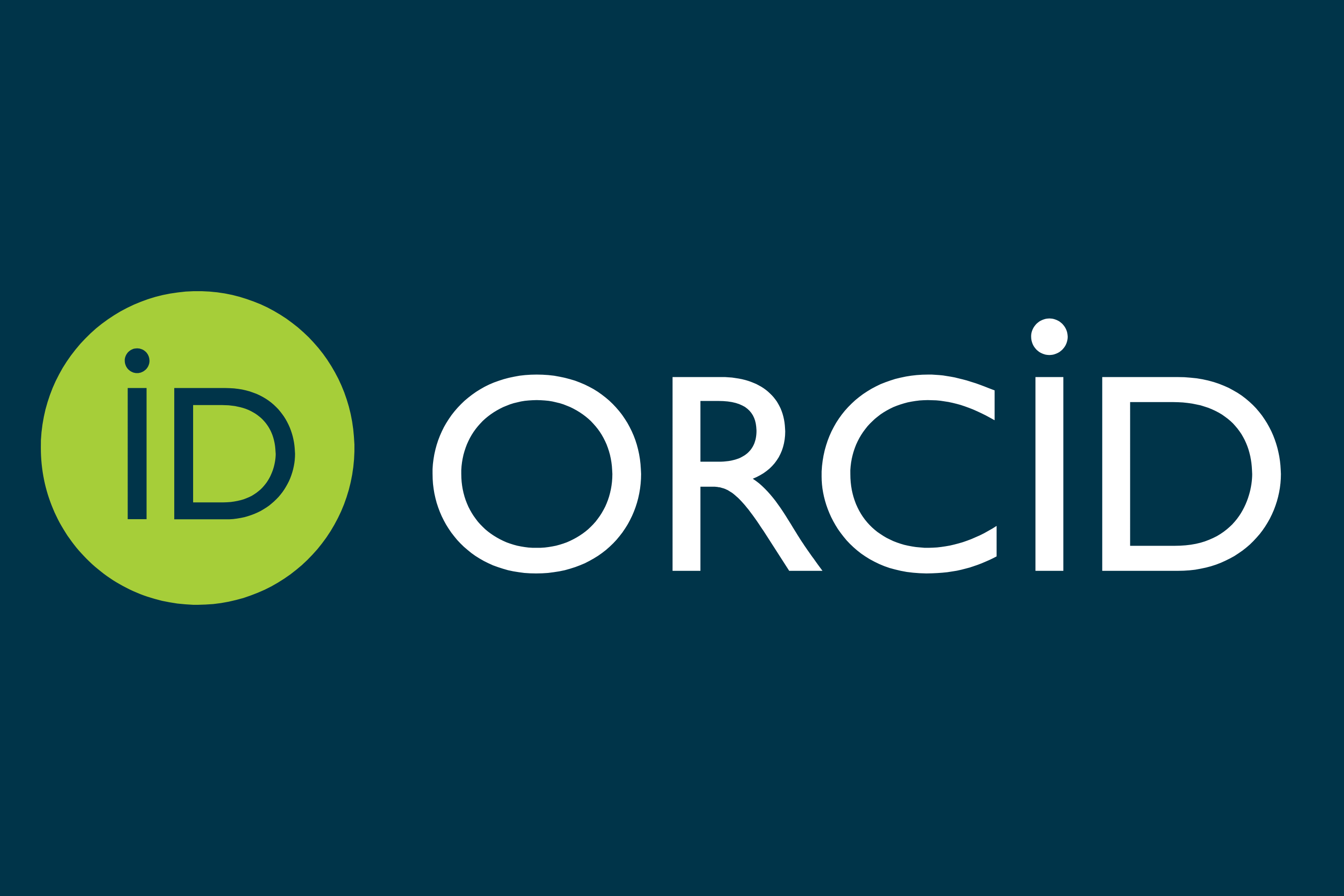قياس جودة مخرجات التعليم العالي من وجهة نظر الجامعات وبعض مؤسسات سوق العمل (دراسة تحليلية في منطقة الفرات الأوسط)
Abstract
Higher education represents the most important pillars of the development of human societies and the tools needed to that development reference to its entity in preparing and creating the technical and scientific quality frameworks in order to achieve the social and economical development. In addition to its role in the creation of knowledge and spread . the adoption of quality assurance systems in the higher education come as a response to the requirements of the society and stimulate innovation and scientific research so as to achieve sustainable development for the service of the human community.
This research focuses on one of the most important components of the system of higher education "output", the purpose was to measure the quality of higher education outputs and to identify the strengths and weaknesses, the are basic eight- axes questionnaire designed these represent the most significant outputs of our Iraqi universities. the research covered two samples: (A) from the university represented by the teaching staff from some of the Mid- Euphrates universities. the sample (B) from outside the university, they are managers and officials from most of labor market institutions in the Mid- Euphrates, the appropriate statistical techniques were used to analyze the sample results, the study found A number of conclusions; a many the most significant ones is consensus of the whole sample on the quality of some outputs and on the contrary, with others . Also, it shows some difference in the visions of both samples categories in the quality of some outputs as well.
Downloads
Downloads
Published
Issue
Section
License
The journal of Administration & Economics is an open- access journal that all contents are free of charge. Articles of this journal are licensed under the terms of the Creative Commons Attribution International Public License CC-BY 4.0 (https://creativecommons.org/licenses/by/4.0/legalcode) that licensees are unrestrictly allowedto search, download, share, distribute, print, or link to the full text of the articles, crawl them for indexing and reproduce any medium of the articles provided that they give the author(s) proper credits (citation). The journal allows the author(s) to retain the copyright of their published article.
Creative Commons-Attribution (BY)









